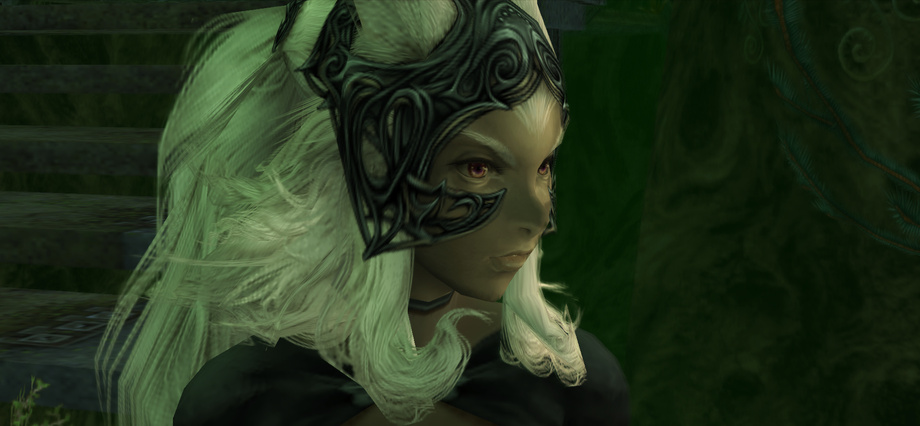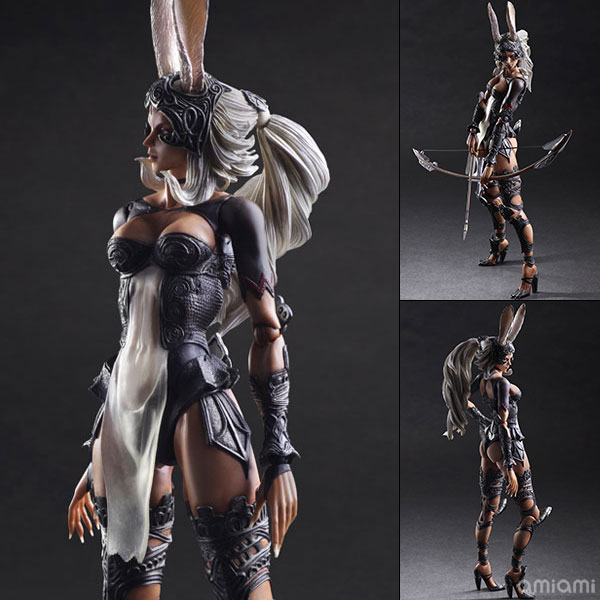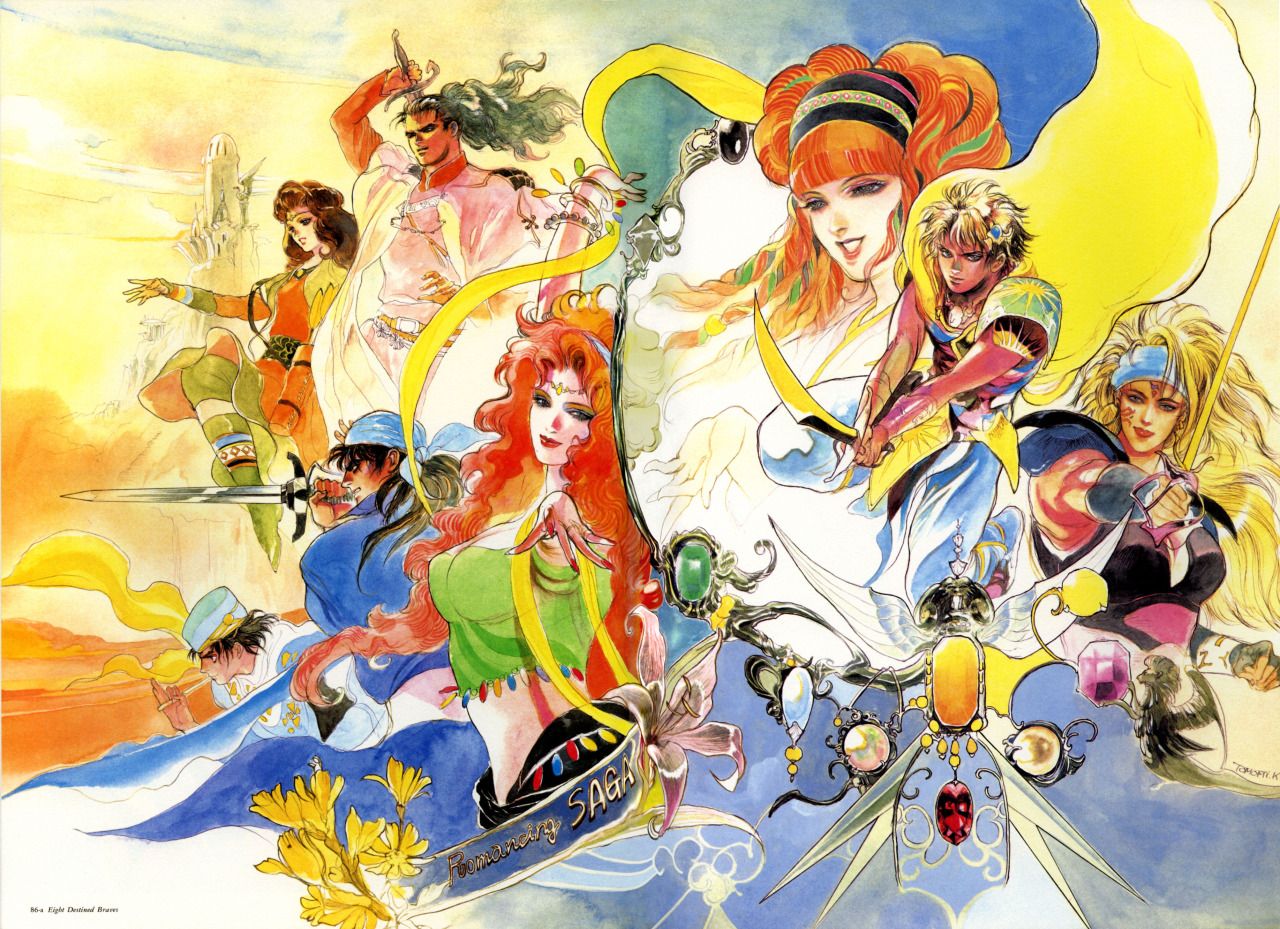If you haven’t heard by now, NieR Automata is unbelievably good. Like, easy Game of the Year tier good. Hell, it’s probably in my top games of all time at this point. It’s nice to have a Yoko Taro game that you don’t have to recommend with any reservations about things like “sluggish, repetitive combat” or “framerates that sometimes dip into the single digits,” and for that I owe Platinum Games gratitude.
I remember hearing concerns back when this game was first announced, though. By this point, Yoko Taro’s games had become known for having a degree of jankiness to them. Some fans were worried: would having a top-tier developer like Platinum onboard strip NieR Automata of some of the “charm” of previous games? Now that the final product is in our hands, we can see that, thankfully, the answer is mostly “no” for one big reason — Yoko Taro is one of the few figures working on the game industry who is daring enough to actually piss players off.
See, one of the big problems I have with most big-budget AAA titles is that they constantly play it super-duper safe: familiar gameplay and story tropes, overused character archetypes, mandatory tutorials up the wazoo to make sure you never struggle at all. Everything from character designs to control schemes to cover art has been focus-tested and run through EEDAR analytics to appeal to the widest group of potential game players possible. Nothing is allowed to turn off a particular segment of the player population, because these games cost absurd amounts of money make, and if it doesn’t sell several million globally then the entire dev team gets shut down tomorrow, so make that quest-giving lady more attractive, tighten up the graphics on level 3, and no you can’t give that boss a 90% damage attack even if it is heavily choreographed, are you NUTS?
As a result, we’ve wound up with a huge slate of really technically impressive, incredibly polished games that are somehow profoundly bland to actually experience. Much like Hollywood blockbusters, they are designed from the ground up for mass appeal, taking care not to do anything deemed too radical in terms of story, world, or gameplay design. The biggest risk they might take is maybe offending screaming internet jerkwards by having gay NPCs. But doing something deliberate in-game that might make some people angry? Oh hell no, did you see what happened with Mass Effect 3? They weren’t even TRYING to upset people with that one, and look what happened!
But somehow, Yoko Taro has never gotten the memo that “pissing players off” might be a bad idea, and Square-Enix has just let him run with it. Now we have NieR Automata: a beautiful, polished game that’s packed full of high-grade action, phenomenal music, incredible storytelling, and emotional gut-punches… and some master tier trolling. And I couldn’t be happier about it.
WARNING: MINOR SPOILERS UNDER THIS CUT!




